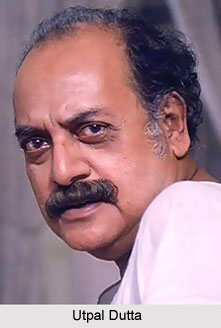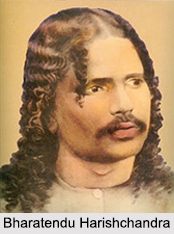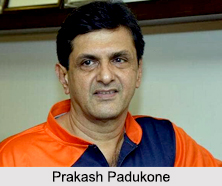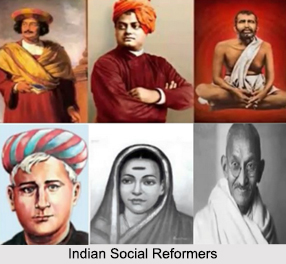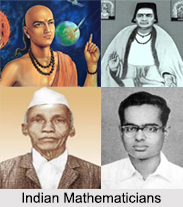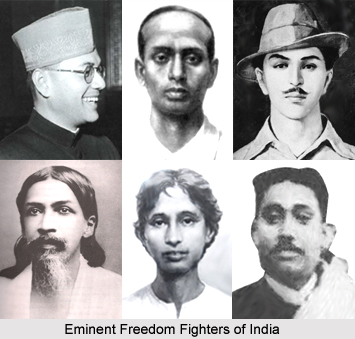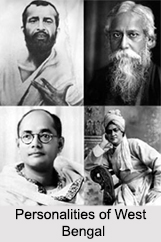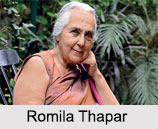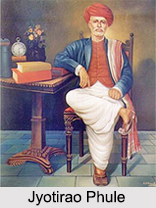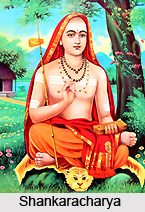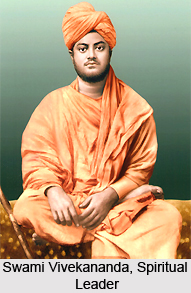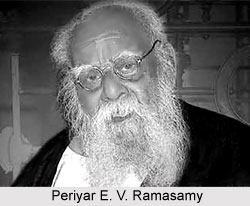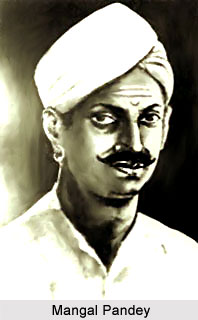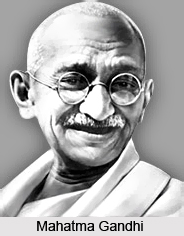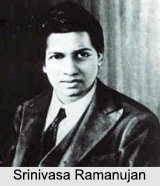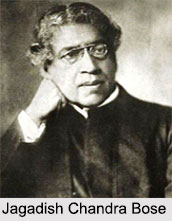Atul Chandra Ghosh was a high-flying and paramount personality of Indian freedom movement whose contribution to the Indian Freedom Movement has hardly been clouded by the presence of comparatively high and mighty struggle oriented revolutionaries and martyrs. Atul Chandra Ghosh is the pride of Purulia District from where he chose to participate in the struggle for freedom. Purulia at that time was a safe shelter for the freedom fighters and Atul had been the able son of the soil. His major contribution lies in the foundation as well as the smooth running of Shilpashram.
 Early Life of Atul Chandra Ghosh
Early Life of Atul Chandra Ghosh
Atul Chandra Ghosh was born at Khandaghosh of Bardhaman district. His education sector had seen the light of success as he passed law in 1908 and began practice at Purulia court. However at that time the breeze of Non Cooperation Movement had almost strengthened its roots within the soil of Purulia and he almost was breezed away by the revolutionary air and as an obvious result he left practice & joined the Non-Cooperation Movement against British and it was due to his strength oriented personality and his able leadership that he gained eminence during the freedom struggle. Mahatma Gandhi had been a guiding star to his sky of ideals related to Indian Freedom Movement. It was along with Nibaran Chandra Dasgupta, that he joined the bandwagon and became the co-founder of "Shilpashram", (Rural Industry Development inside the Ashram living mode) at Telkalpara, Purulia town. "Shilpashram" was the epicentre of the freedom struggle of Manbhum region. He was the chief architect of Bangabhukti Andolan.
Contribution of Atul Chandra Ghosh
He was known as "Manbhum Keshari". After demise of Rishi Nibaran Chandra, he became the editor of the "Mukti" Bengali weekly. Atul Chandra was the President of Lok Sevak Sangha from its inception. He was the chief architect of famous "Padyatra" of "Bangobhukti Andolon" (agitation for accession of Manbhum district to West Bengal from Bihar) from Pakbirrah to Kolkata. His wife, Labanya Prabha Ghosh was also a freedom fighter and continued as editor of Mukti after his death.
This article is a stub. You can enrich by adding more information to it. Send your Write Up to content@indianetzone.com

